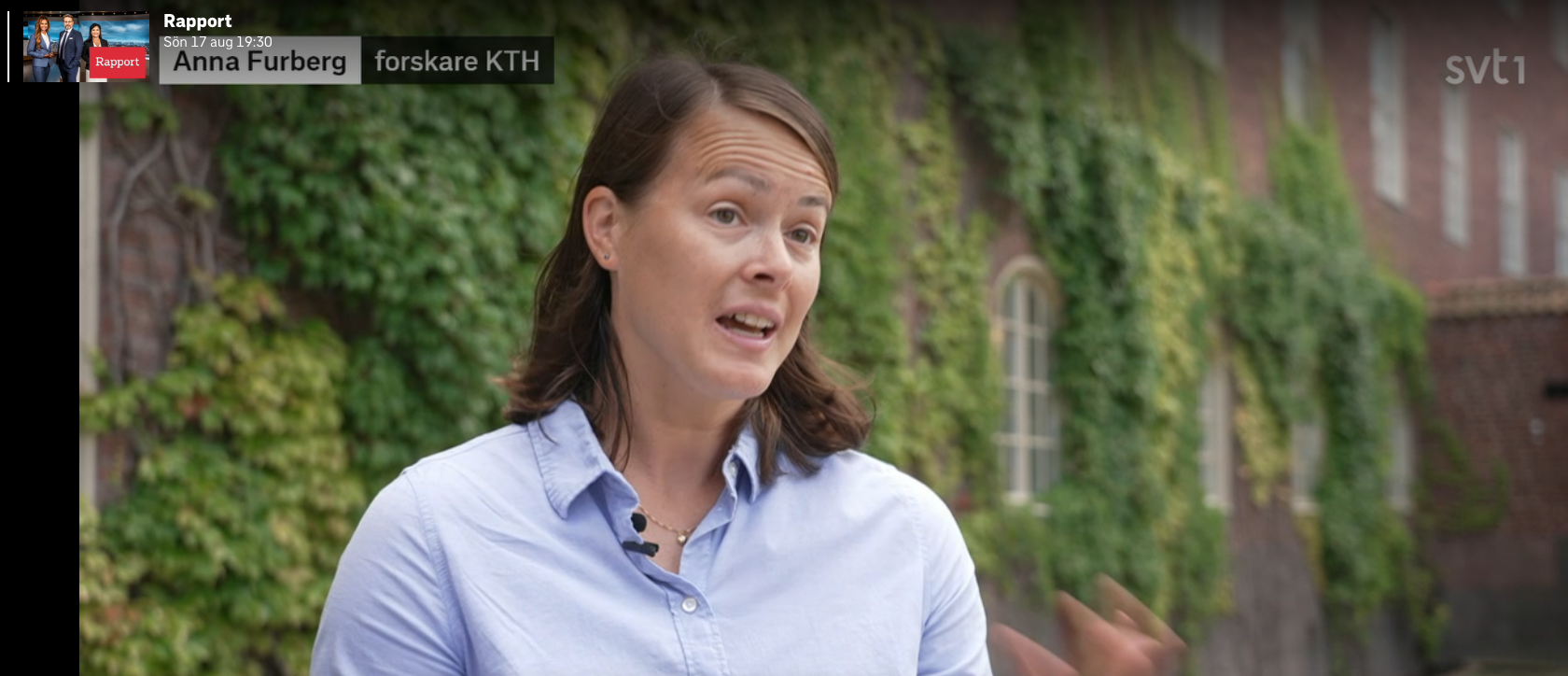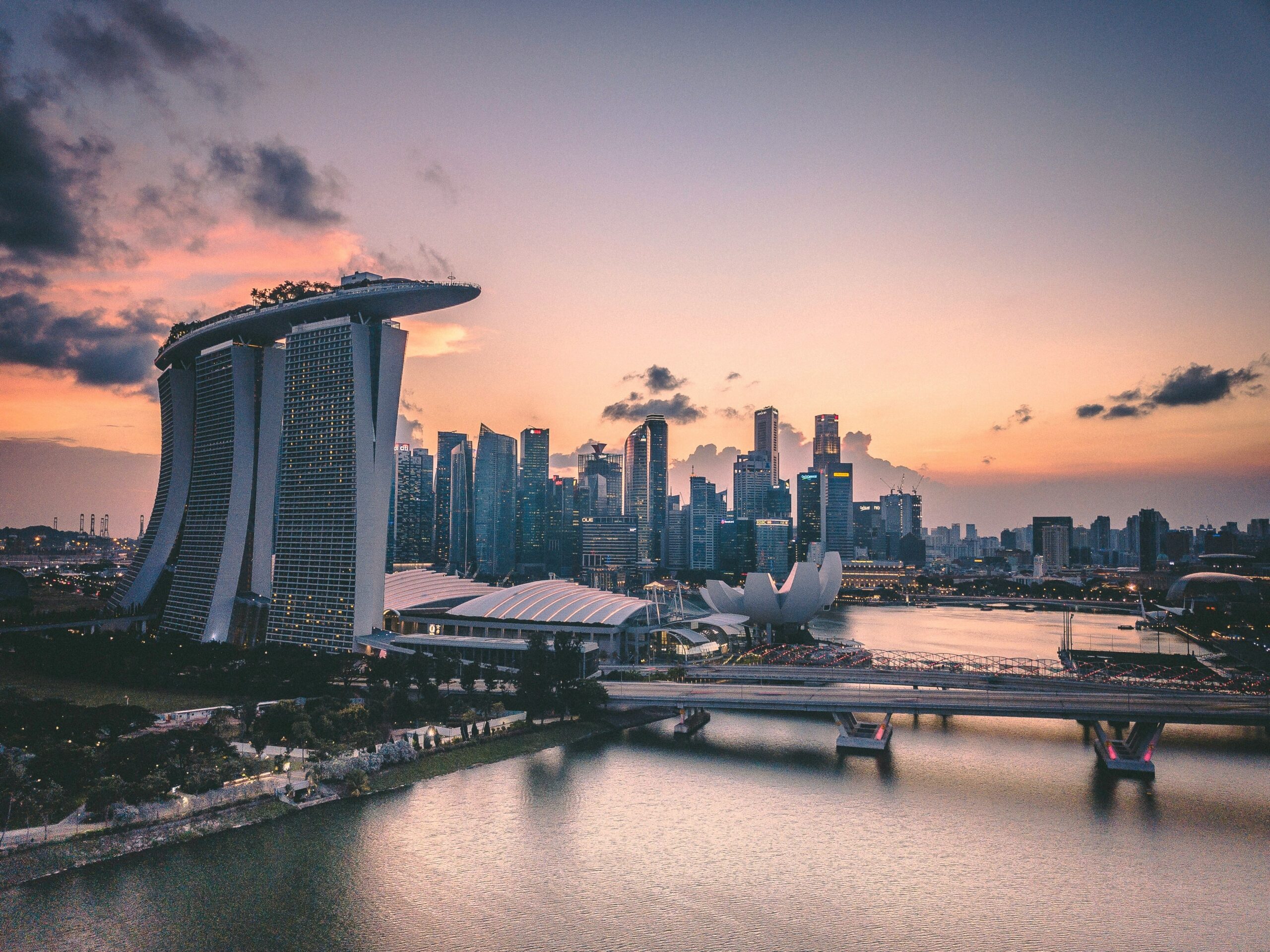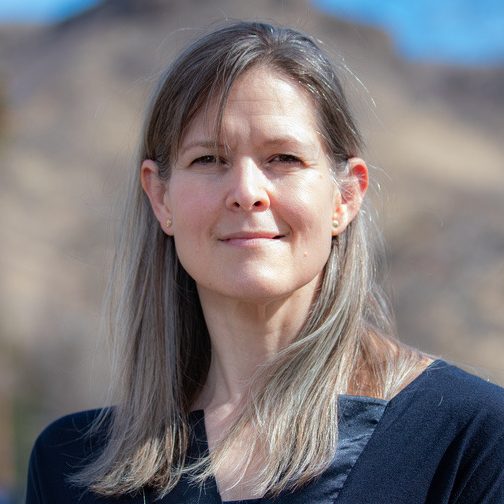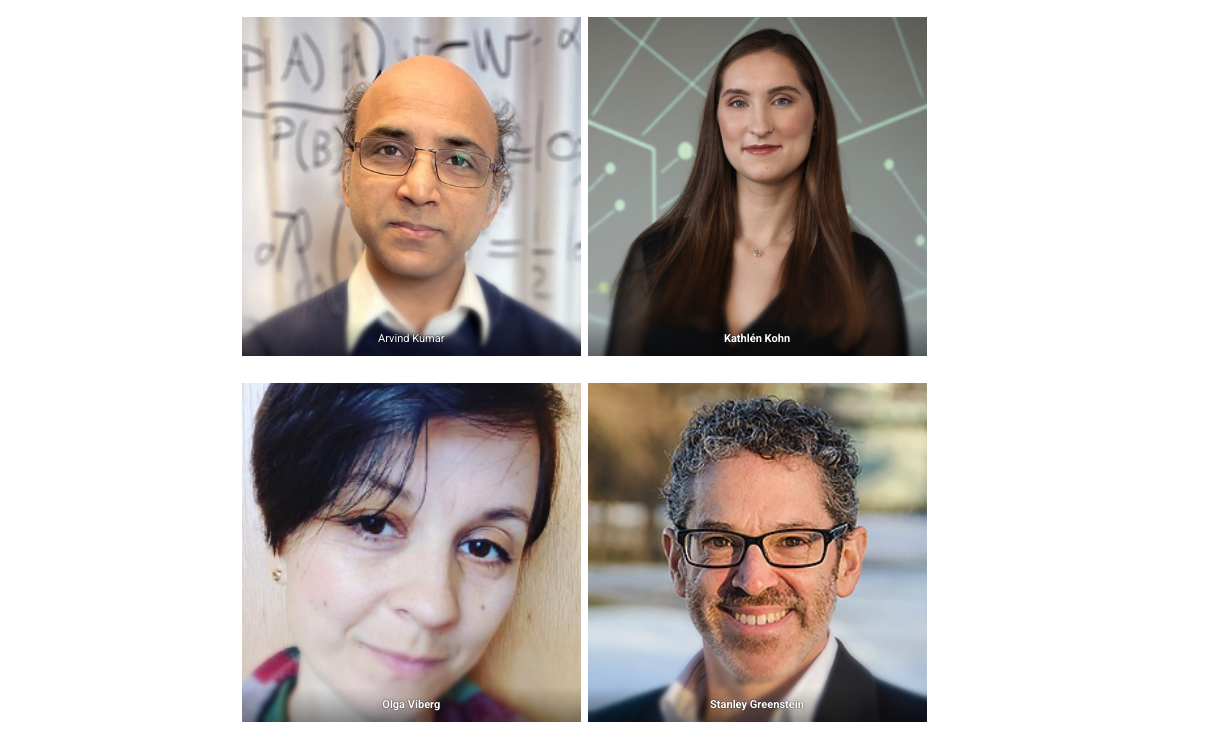In a broadcast segment on AI and environmental impact, aired on August 17, 2025, on SVT Rapport, Anna Furberg, researcher at KTH and affiliated with Digital Futures, was interviewed on the subject. A link to the broadcast (in Swedish) is available, with the interview beginning at approximately 16 minutes.
Anna Furberg was also interviewed on TV4 Nyhetsmorgon on August 21 about AI and the situation in Dublin, where data centers account for more than half of electricity consumption. The segment also included an interview with a politician from Dublin on the matter. You can find the segment via this link (the interview is about 11 minutes long and started at around 10:20 am – note that you may need to create an account with TV4 to watch the segment).
A corresponding news article in Swedish has also been published on SVT Nyheter. Below is an English translation.
A Google search today can require ten times as much energy as it did before the AI-generated summary was launched earlier this year. “Since you are adding this AI search service on top of the existing service, energy use increases,” says Anna Furberg, a researcher on the climate impact of digitalization at KTH.
In May, Google introduced its AI service Gemini in Sweden. A regular search via the search engine is then expanded with an AI summary of the results, something that consumes more energy. Exactly how much is debated among experts. In 2023, Alphabet board member John Hennessy stated that an AI-integrated search would require ten times as much energy.
Anna Furberg says there are reports suggesting that the new type of search requires more than ten times as much energy, but at the same time she emphasizes that it is difficult to say exactly how much the energy use increases. “Development is moving very fast, and models are becoming more energy-efficient, but also more advanced, which in turn requires more energy,” she says.
May require 30 times more energy
But according to Alex Hanna, research director at The Distributed AI Research Institute, it instead requires 30 times as much energy. Until 2022, she worked at Google’s Ethical AI team, and says that it is not just electricity consumption that affects the climate.
“Carbon emissions, water consumption, and air pollution affect the climate when it comes to the production and use of AI. But we must also look at how semiconductor manufacturing takes place, and the increased risk of carcinogenic substances and forever chemicals being released.”
Emissions increased by more than 50 percent
It is therefore not only producing the result of a search that requires energy, but also training the models and cooling the data centers — a process that can demand large amounts of water. Between 2019 and 2024, Google’s water consumption increased by 117 percent, according to the company’s sustainability report. The company attributes this to the expansion of data centers, which are required for almost all of the services it provides.
During the same period, Google’s greenhouse gas emissions rose by 51 percent, reaching 11.5 million tons of CO₂ equivalents. The high energy demand of AI is cited as one of the explanations in the company’s latest sustainability report.
Competitor Microsoft has also increased its emissions. Between 2020 and 2024 they rose by 23.4 percent, partly due to AI and the expansion of cloud services, according to the company’s 2025 sustainability report.
This text is a translation from a Swedish article published on 17 August 2025 on SVT Nyheter – link.
Google and Microsoft refer to their respective sustainability reports.





